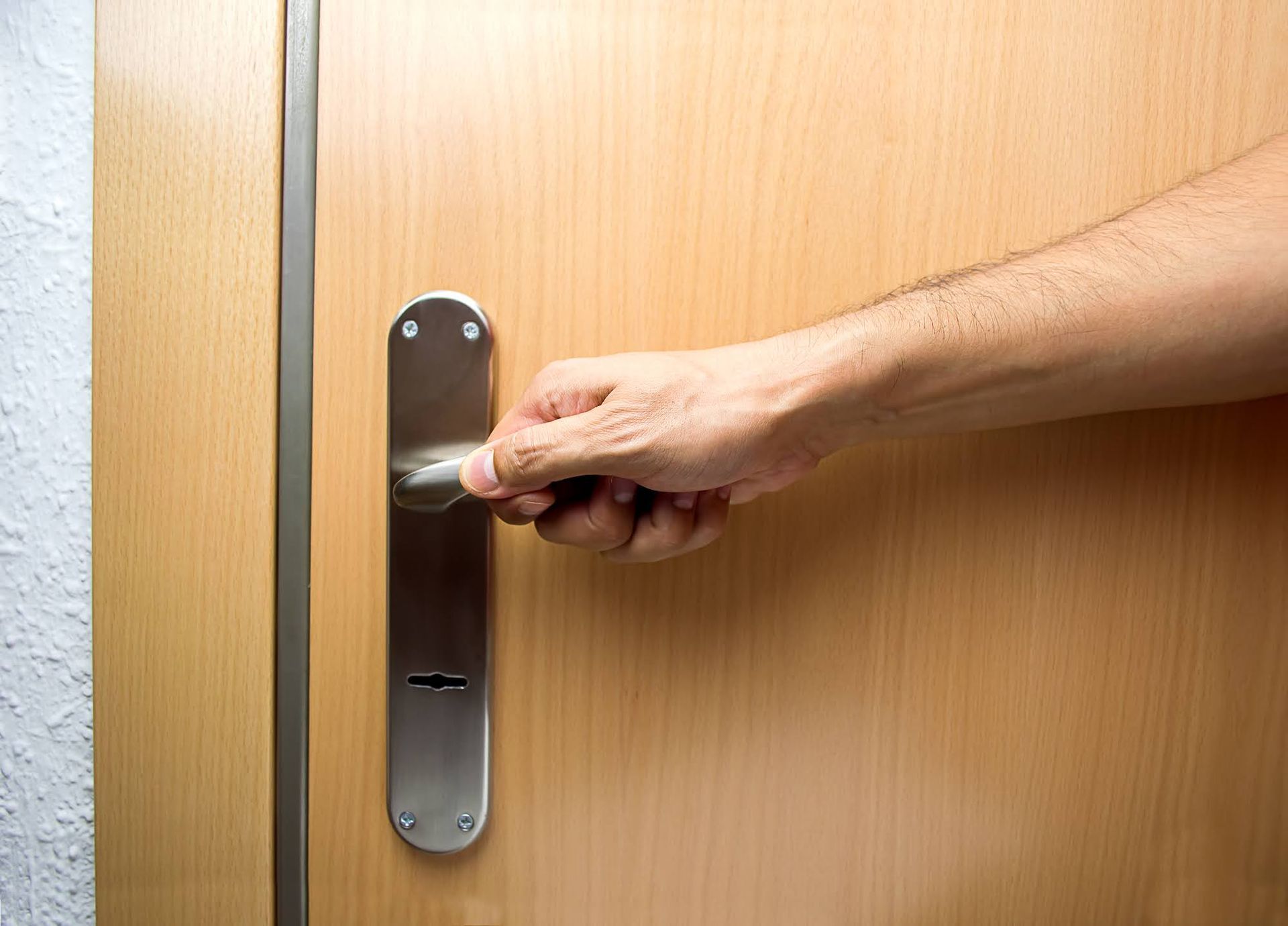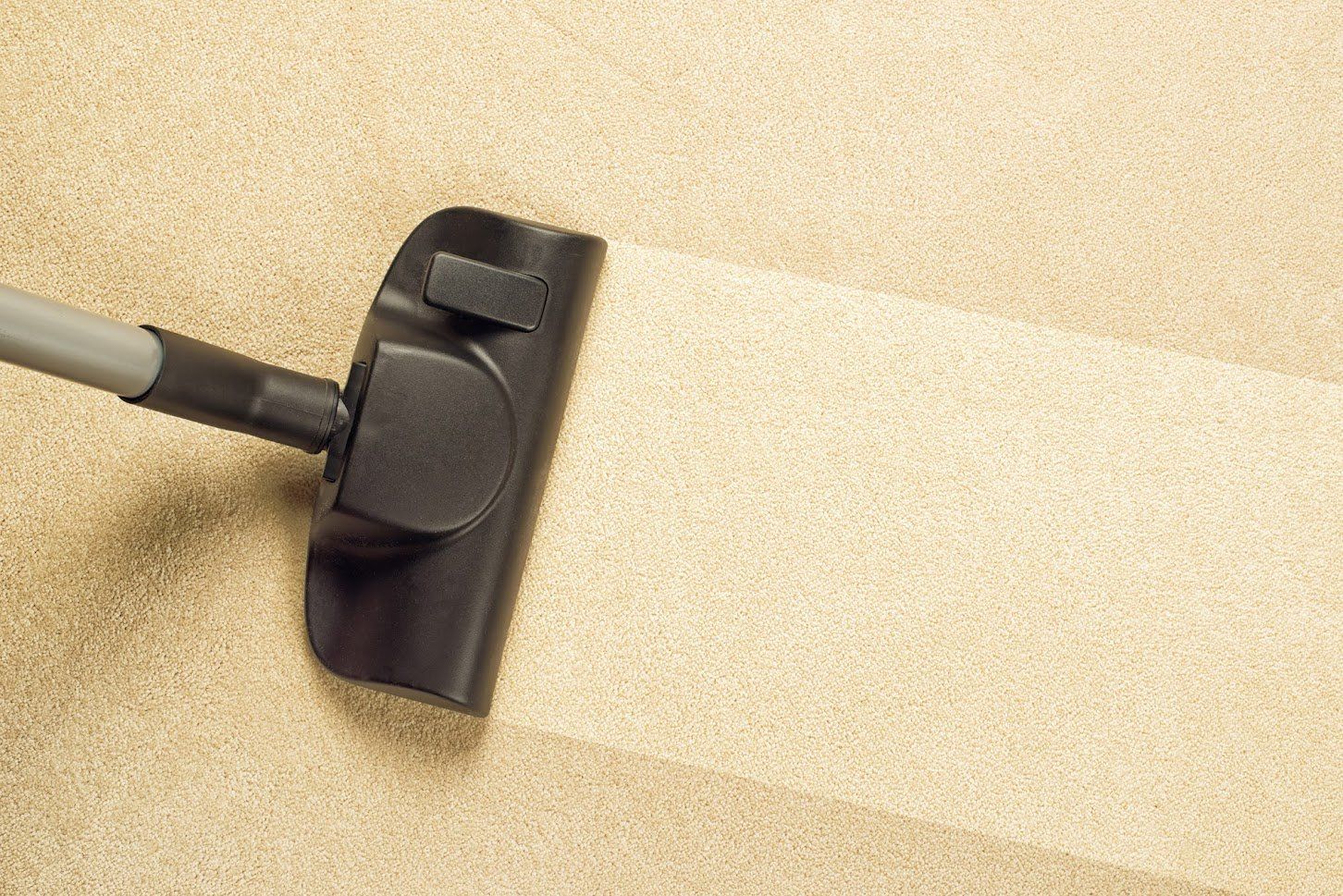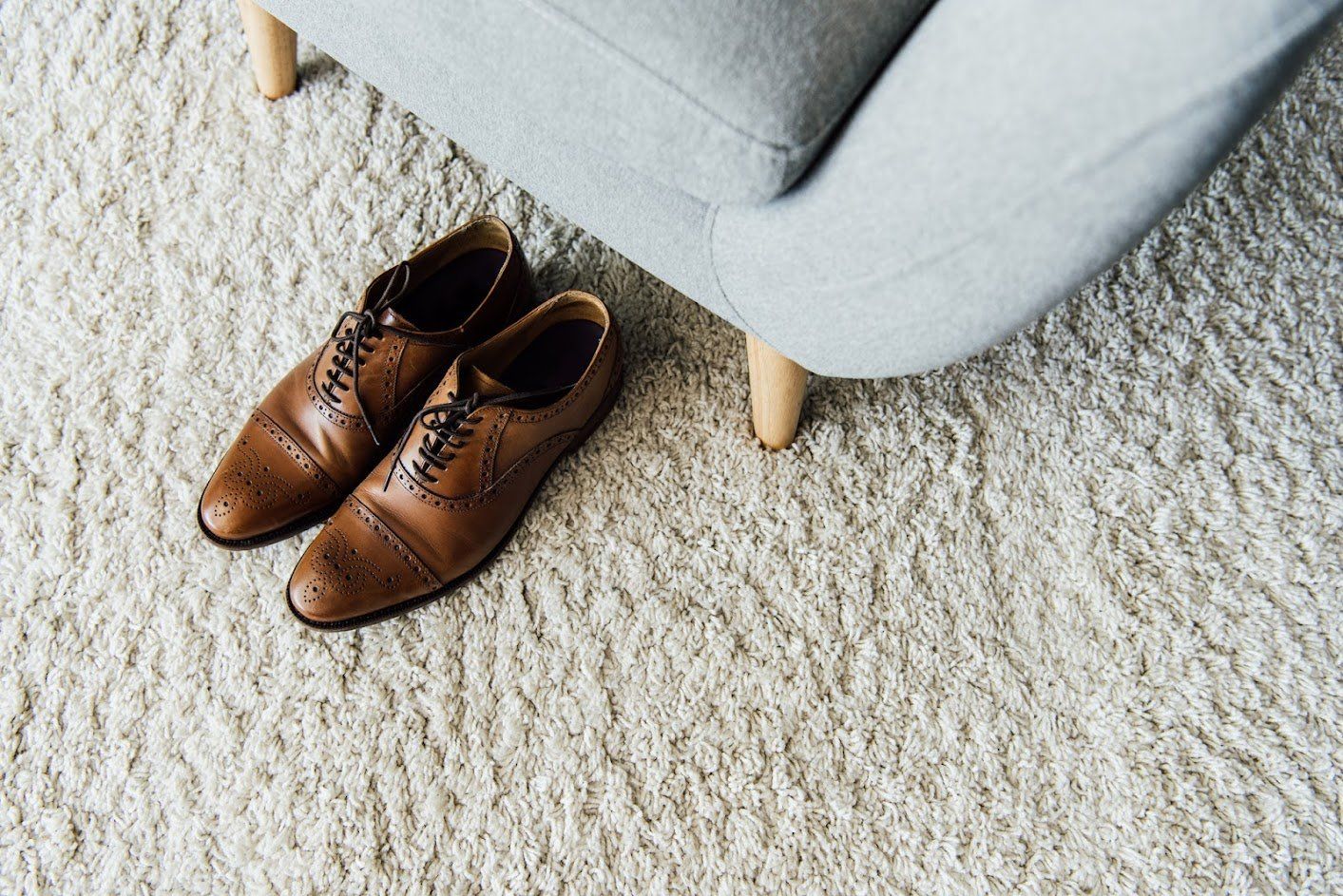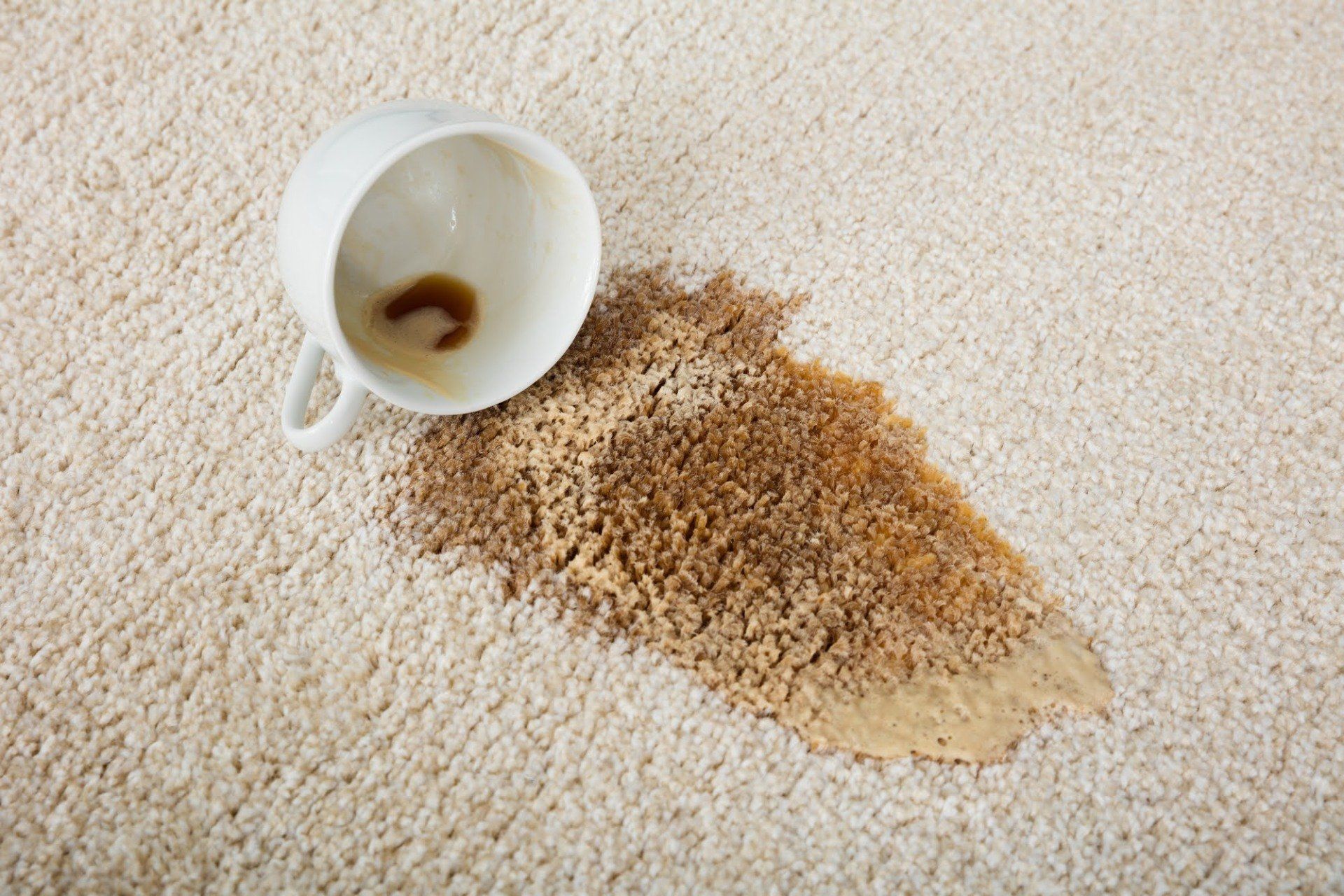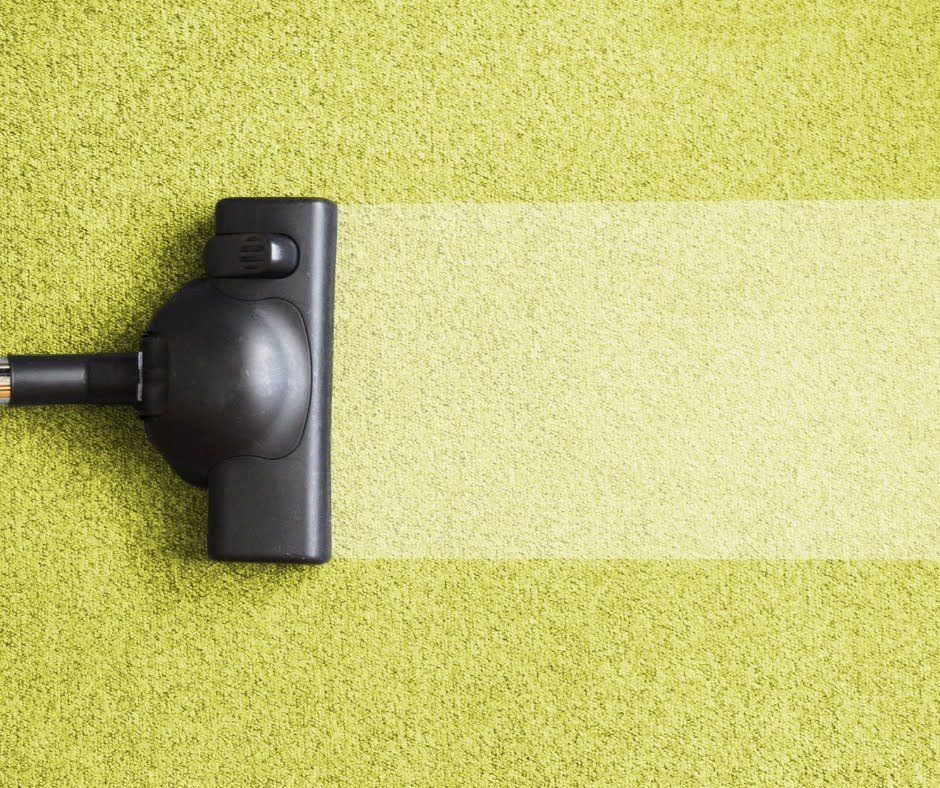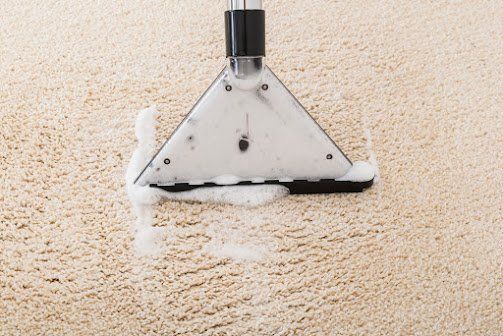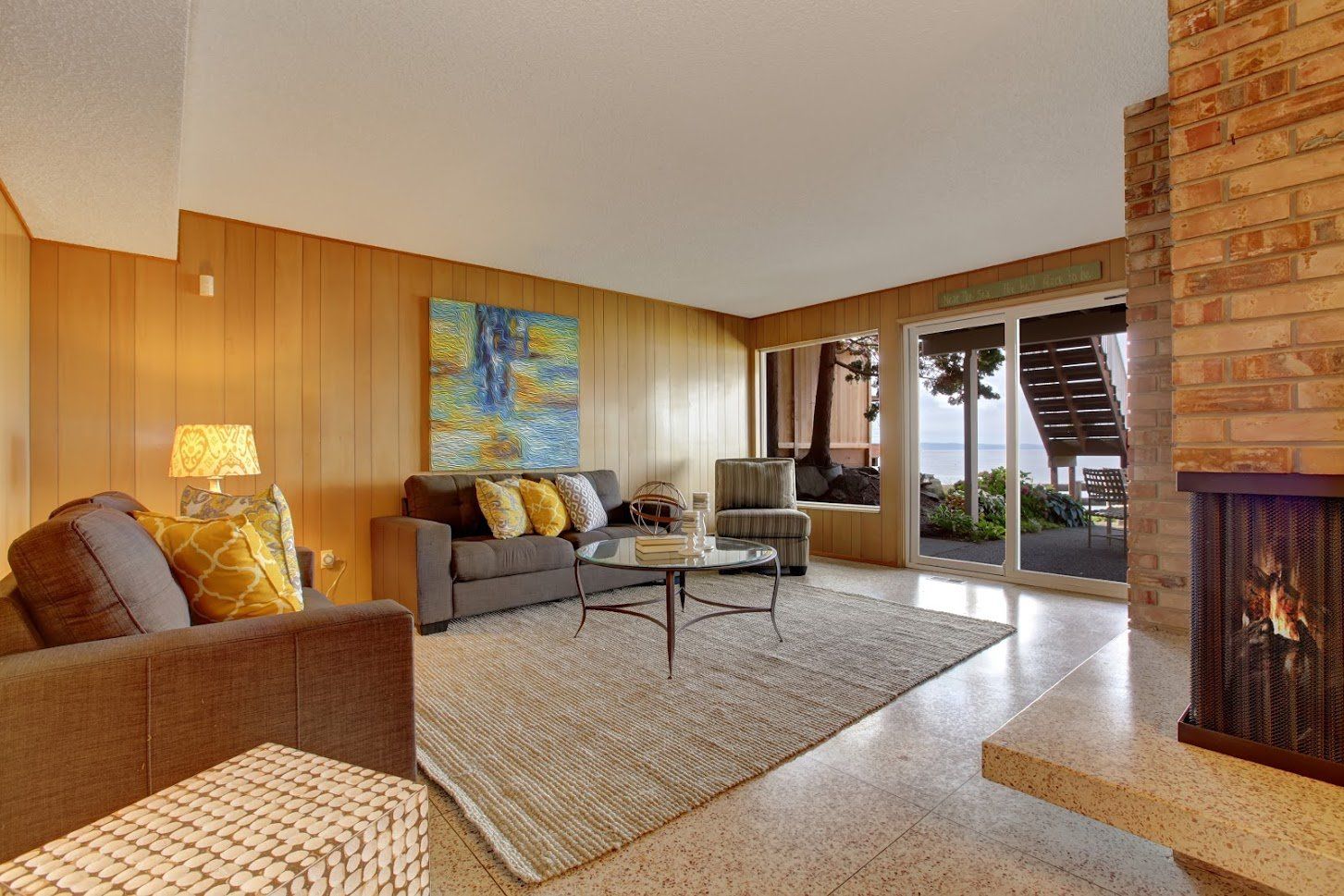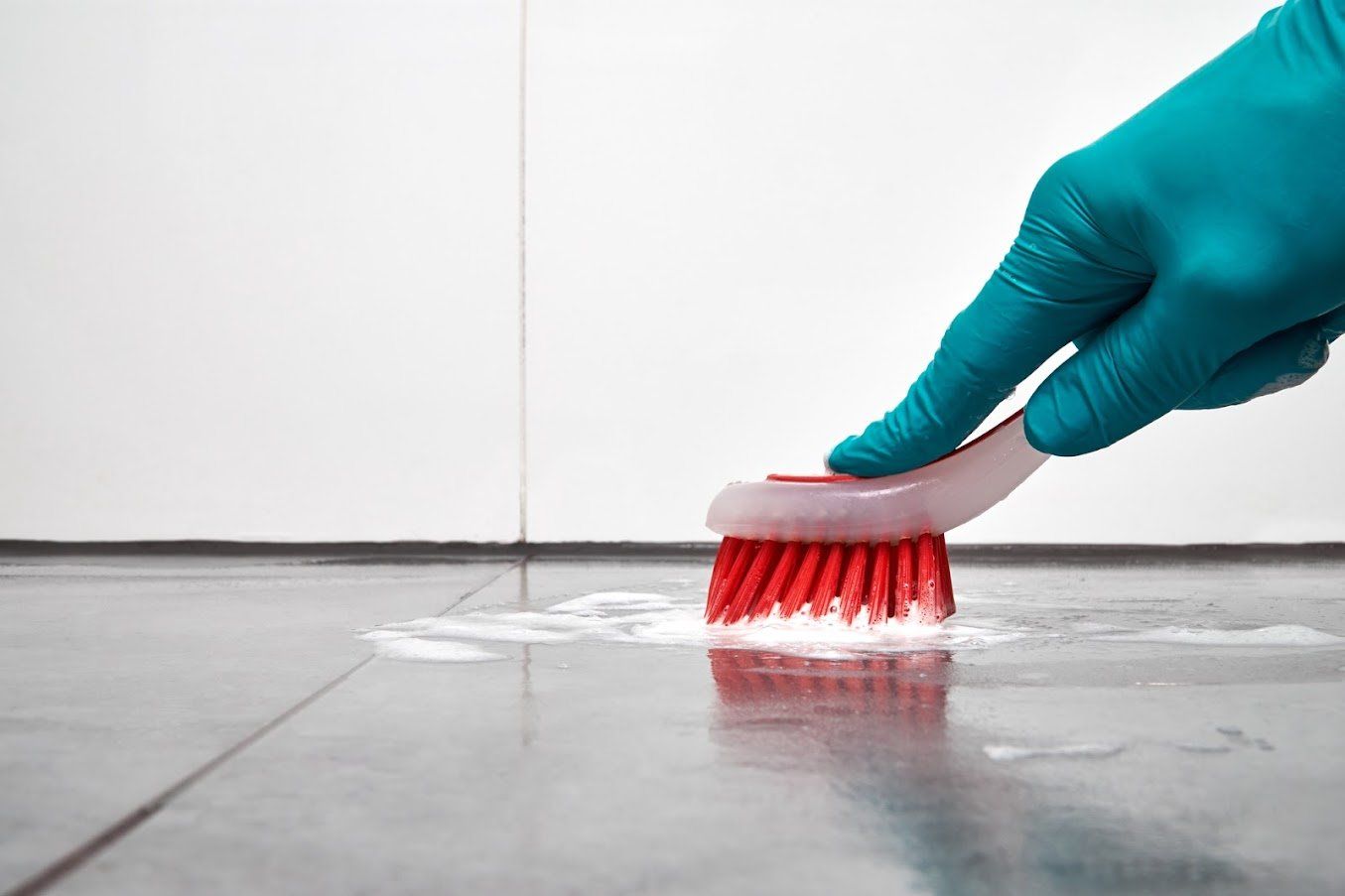4 Steps to Protect and Restore Antique Upholstered Furniture
Admin • October 10, 2019
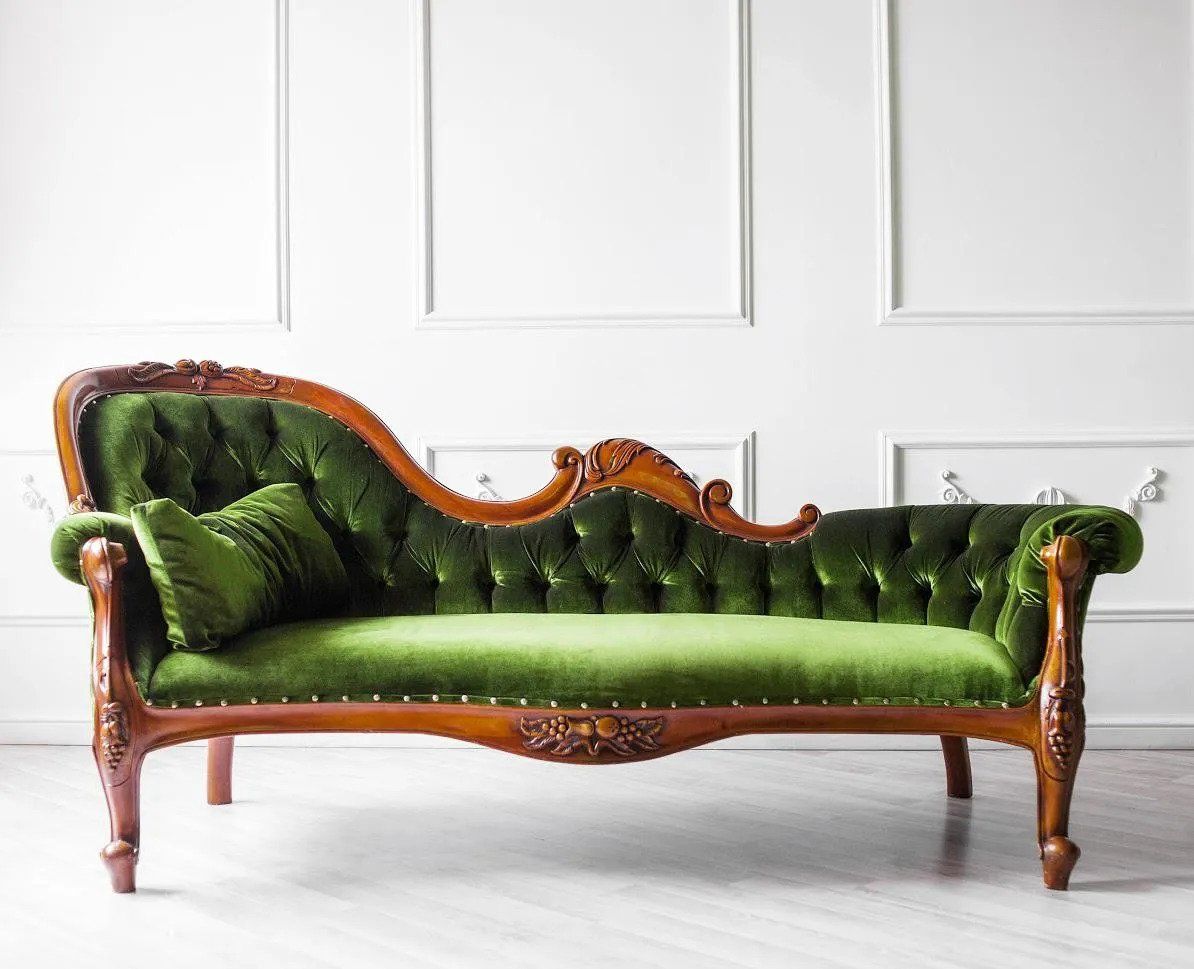
Proper restoration and care of antique furniture is key to preserving its value — both historically and financially. You must keep it in good condition without changing very much about it. This can be a hard line to draw, especially when it comes to upholstered furniture pieces that have been well-used over the decades.
If you are facing the decision about how to properly restore your antique furniture, follow these steps to avoid any injury to the piece's value.
1. Know Your Goal
Before deciding on any repair or updating, think about what you want to accomplish and what you can accomplish. What other damage has already been done to the antique over time? If the wood has been painted or lacquered too much by prior owners, you may not be able to salvage its historical value no matter what you do. In this case, you might want to simply make the piece useful in your home instead.
But if the basic historical structure is intact and only the upholstery, for instance, has faded, you won't want to make any changes that diminish its value. Similarly, if the item has intrinsic historical value — if Thomas Jefferson enjoyed tea in this chair, for instance — you'll likely need to avoid replacing even items that are ripped or damaged beyond repair.
2. Embrace Normal Aging
Remember that normal wear and tear on an antique item is not necessarily a problem. Upholstery that has been sat on for a hundred years will naturally have some wear and fading. Wood armrests and legs will show signs of scuffing and rubbing. Paint may be oxidized or cracked (called craquelure). This doesn't ruin the item's value nor should these elements be ripped out, ground down, or replaced.
Rather than attempting to fix normal aging, embrace it. Clean the fabric and materials so that the unworn parts shine — demonstrating how the antique looked when it was new. This contrast shows an item was well-crafted and well-loved, giving it character.
3. Clean the Piece First
Before you change anything on an antique furnishing, start by giving it all a thorough cleaning. Wipe down the wood or metal parts with a soft cloth and cleaners specially prepared for that material. You may even consult with a professional about cleaning certain precious metals.
Upholstery is often the most challenging part to clean, but it can have the biggest effect. Talk with a professional upholstery cleaning service for the safest methods to use on your specific piece. Modern upholstery cleaning makes use of a variety of spot treatment and pre-conditioning methods that can do wonders for the look of old fabrics.
4. Stretch and Refasten
If the cleaned upholstery and wood has brought some new shine to the antique, you can go a few steps further to improve and protect it. Check the materials underneath the upholstery, for example, for wear and damage. Internal springs, webbing, filling, or burlap from original makers can often be replaced with little effect on the overall value. You may also be able to stretch and re-secure the newly-cleaned upholstery as well.
When you begin the restoration of any upholstered antique, patience and care are vital. As you spend time finding the best ways to make an historical piece of furniture look its best despite the decades or centuries of its life, you're sure to wind up with an item that will provide beauty for many more decades.
At All State Carpet & Tile Care, we specialize in challenging upholstery cleaning jobs. Visit today to discuss the best way to restore your upholstered furnishings.



